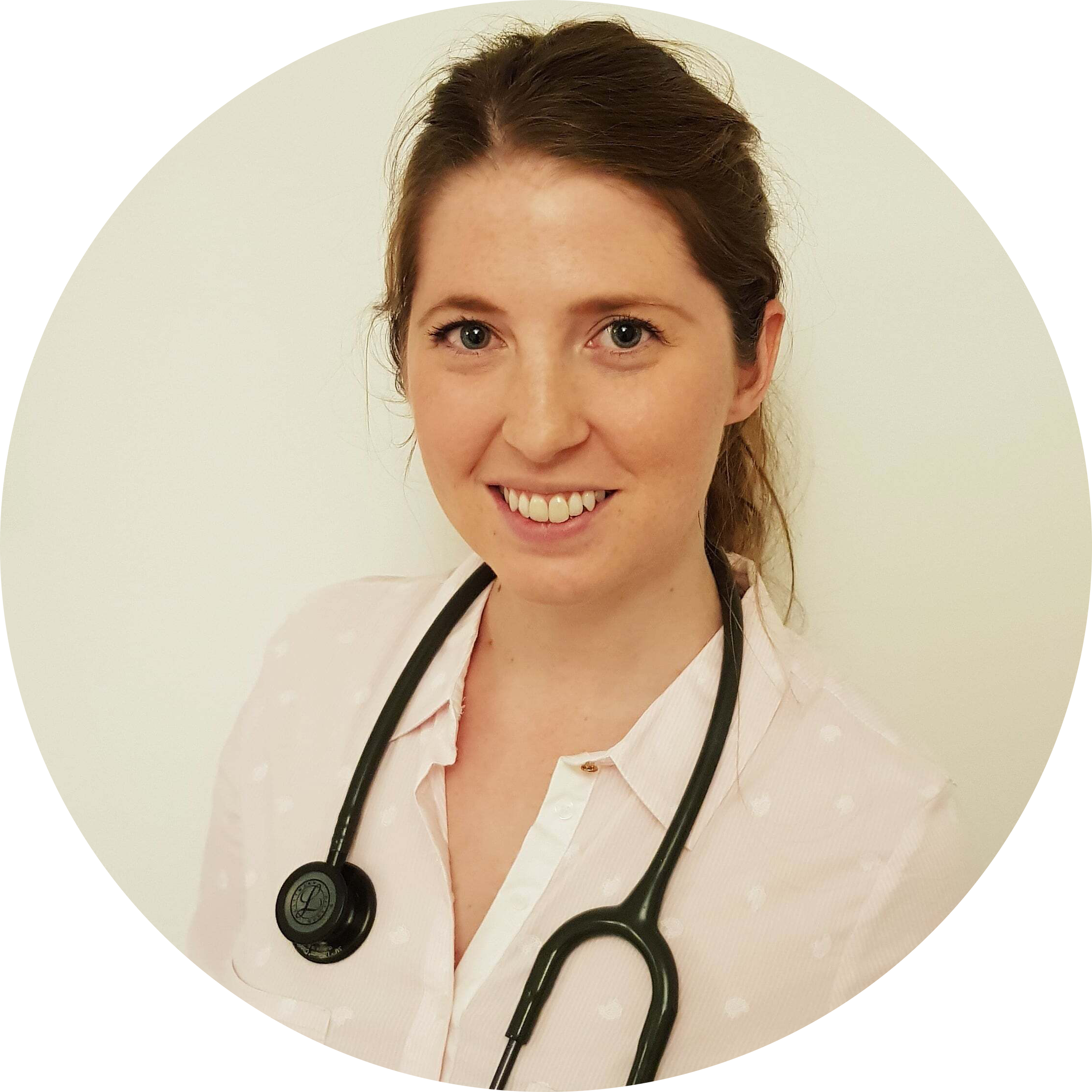Cardiovascular disease
Reviewed by:
Dr Rhianna McClymont
, Lead GP at Livi
Cardiovascular disease is a term for many conditions that affect your heart or blood vessels and circulation. Find out about the different types and causes.

What is cardiovascular disease?
Cardiovascular disease (CVD) is a name for many conditions that affect your heart or blood vessels and circulation. CVD is also called heart and circulatory disease.
It includes conditions that narrow or block blood vessels and those that affect your heart's muscle, valves or cause abnormal rhythms.
CVD can be serious – it's one of the leading causes of death in the UK. But leading a healthy lifestyle is one of the best ways of keeping it at bay.
Types of cardiovascular disease
Cardiovascular disease is a broad term that includes a range of different types of illness.
Coronary heart disease
Also called ischaemic heart disease, it occurs when there's a build-up of fatty substances in the coronary arteries, which can block the oxygen-rich blood supply to your heart. It can lead to heart problems like angina and heart attacks.
Peripheral arterial disease
This is caused by a lack of blood supply to the legs due to a build-up of fatty deposits in the arteries. It's classed as a cardiovascular disease because it affects the blood vessels. It can cause pain, weakness and numbness in the legs and often gets worse slowly over time.
Aortic disease
The aorta carries blood from the heart to the rest of the body, and it's the body's biggest blood vessel.
Aortic diseases are conditions that affect the aorta, like an aortic aneurysm, where it gets weak and bulges outwards or swells up.
Stroke
Strokes happen when the blood supply to the brain is blocked or cut off. It's a severe condition that needs urgent medical attention.
Cardiovascular disease symptoms
Symptoms will depend on what type of heart disease it is. Common symptoms include:
Chest pain
Pain, numb or swollen legs or arms
Breathlessness
Fast or slow heartbeat
Palpitations
Dizziness
Feeling lightheaded or faint
Tiredness
What causes cardiovascular disease?
Certain factors increase your risk of getting heart disease, and the more factors that apply, the higher your risk. Many of these are modifiable, which means that you can change them. These include:
Smoking
Alcohol consumption
Stress
Diet and weight
Lack of physical exercise
High blood pressure
High cholesterol
Diabetes (although you can't cure diabetes, you can keep it under control with changes to your lifestyle, which in turn reduces your risk of heart disease)
Other risk factors that you can't change are:
Older age
Gender (men are more likely to get CVD at an earlier age than women)
Family history of cardiovascular disease
Ethnicity
How is a cardiovascular disease diagnosed?
Diagnosis will depend on your symptoms and what type of condition is being investigated. Commonly used tests include:
Electrocardiogram (ECG) – To check your heart's rhythm and activity
Echocardiogram (echo) – A type of ultrasound scan that looks at the heart and surrounding blood vessels
CT scan – After an injection of dye, this specialist X-ray can show the blood flow through the coronary arteries
MRI scan – A scan that makes detailed images of the body using magnetic fields and radio waves
Blood tests
Chest X-ray
Cardiovascular disease treatment
A range of treatment can be used for cardiovascular disease, depending on the condition and symptoms. These include:
Medication – There's a wide range of medicines available for different CVD conditions. If you're at high risk of developing CVD, your doctor may recommend a drug like statins to lower blood cholesterol levels, aspirin to prevent blood clots or tablets to reduce your blood pressure.
Devices fitted inside the body – Implantable cardioverter defibrillators (ICDs) or pacemakers can be fitted to help treat or regulate abnormal heart rhythms
Stents – A stainless steel mesh tube placed in the artery to help the blood to flow normally
Heart surgery – In more serious cases, surgery may be recommended
Positive lifestyle changes
While there are many treatment options for CVD, it's also essential to make positive changes to your lifestyle, like:
Giving up smoking
Cutting down on alcohol
Eating healthily
Keeping active
Losing weight if you are overweight
Checking your blood pressure and cholesterol and managing these if they are high
Recognising your stress triggers and managing stress wherever possible
If your condition is caught early and the symptoms are still relatively mild, it may be possible to control it by making some changes to your lifestyle. It's a good idea to talk to the doctor about what you can start doing to improve your health.
- Reviewed by:
 Dr Rhianna McClymont, Lead GP at Livi
Dr Rhianna McClymont, Lead GP at Livi
